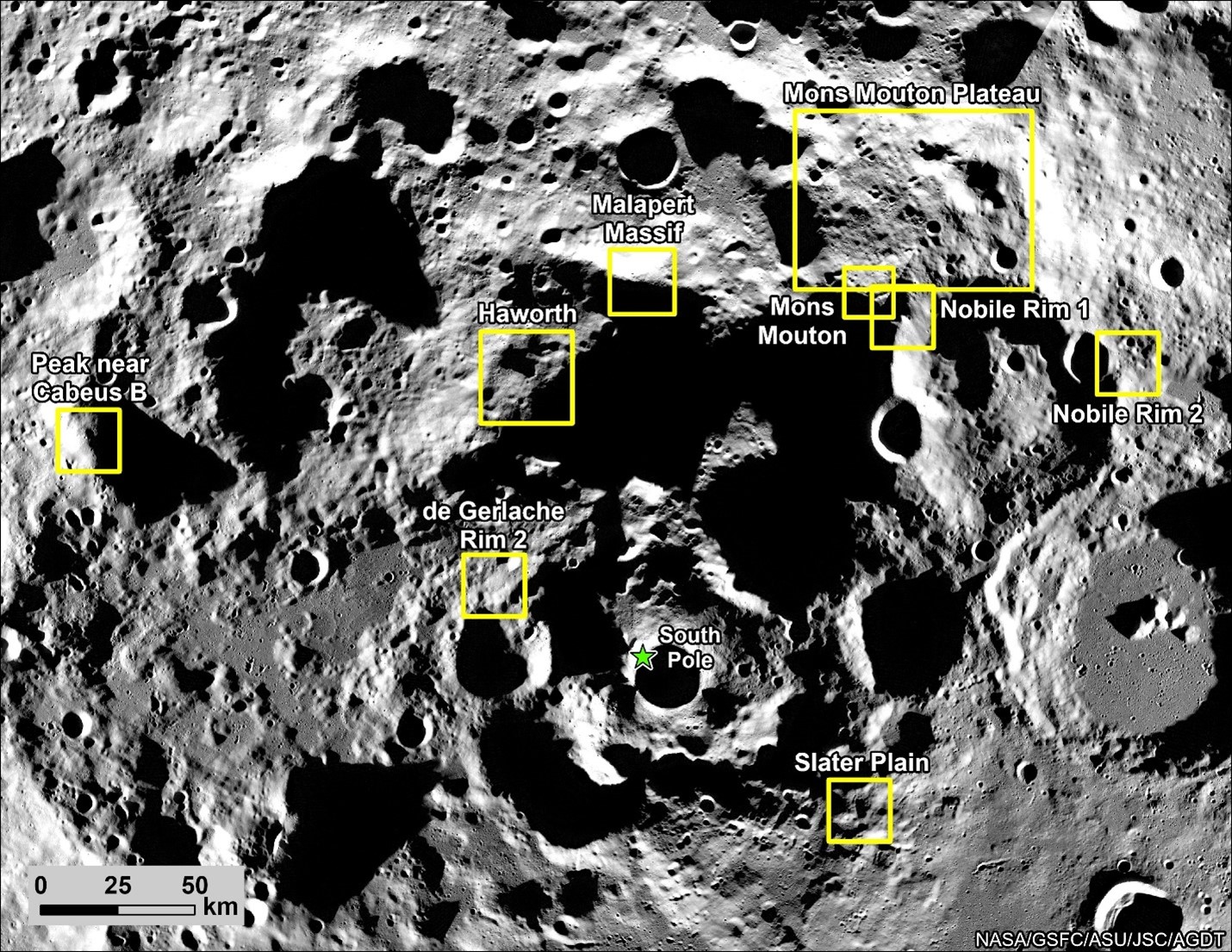By Emily Carter
WASHINGTON – In a groundbreaking development for planetary science, NASA’s Europa Clipper mission has transmitted its first detailed subsurface data from Jupiter’s icy moon Europa, revealing compelling evidence of a complex ocean environment beneath its frozen shell.
The spacecraft, which entered orbit around Jupiter earlier this year, used its advanced ice-penetrating radar and magnetometer instruments to map the subsurface structure of Europa’s ice shell. The data indicates that the moon’s subsurface ocean is more dynamic than previously thought, with potential hydrothermal activity detected near the ocean floor.
“These initial findings exceed our most optimistic expectations,” said Dr. Robert Pappalardo, Europa Clipper project scientist at NASA’s Jet Propulsion Laboratory. “We’re seeing evidence of active geological processes that could create the chemical energy necessary to support life.”
The probe’s instruments detected variations in ice shell thickness ranging from 15 to 25 kilometers, along with what appear to be large-scale convection patterns in the underlying ocean. Most intriguingly, the magnetometer readings suggest the presence of dissolved salts and minerals, indicating interaction between the ocean and Europa’s rocky mantle.
Europa has long fascinated scientists due to its potential habitability. With more liquid water than all of Earth’s oceans combined, the moon represents one of the most promising locations in our solar system to search for extraterrestrial life. The new data strengthens the case for future missions that could directly sample the ocean through its ice shell.
The Europa Clipper mission, launched in October 2024, is equipped with nine scientific instruments designed to investigate Europa’s ice shell, ocean, composition, and geology. Over the next two years, the spacecraft will conduct 49 close flybys of Europa, gathering comprehensive data about the moon’s potential to harbor life.
“This is just the beginning,” added Dr. Cynthia Phillips, Europa Clipper staff scientist. “Each flyby will provide us with unprecedented insights into this fascinating world. The subsurface data we’re receiving is revolutionizing our understanding of ocean worlds beyond Earth.”
The findings were presented today at a NASA press conference and will be published in the journal Nature Astronomy. The space agency plans to release additional data and high-resolution images from Europa’s surface in the coming weeks.
Source: MetaNews USA | Published: October 7, 2025








